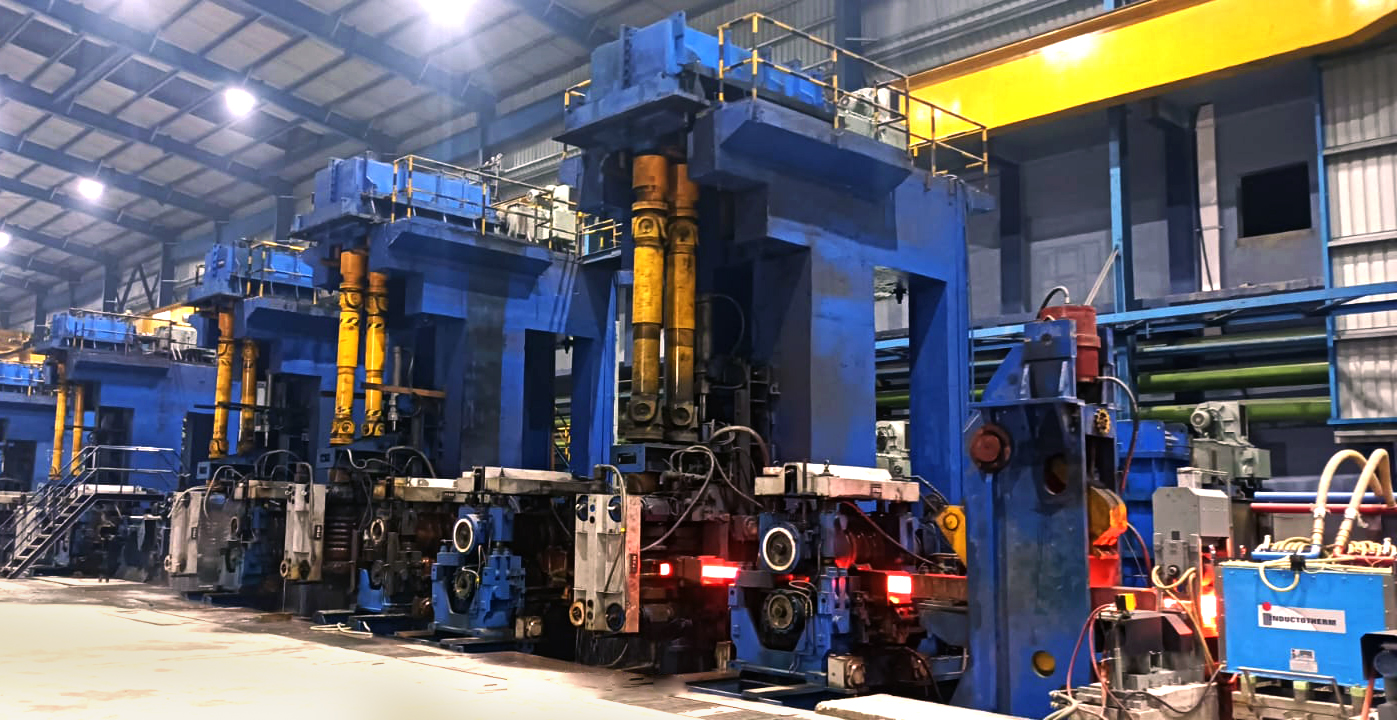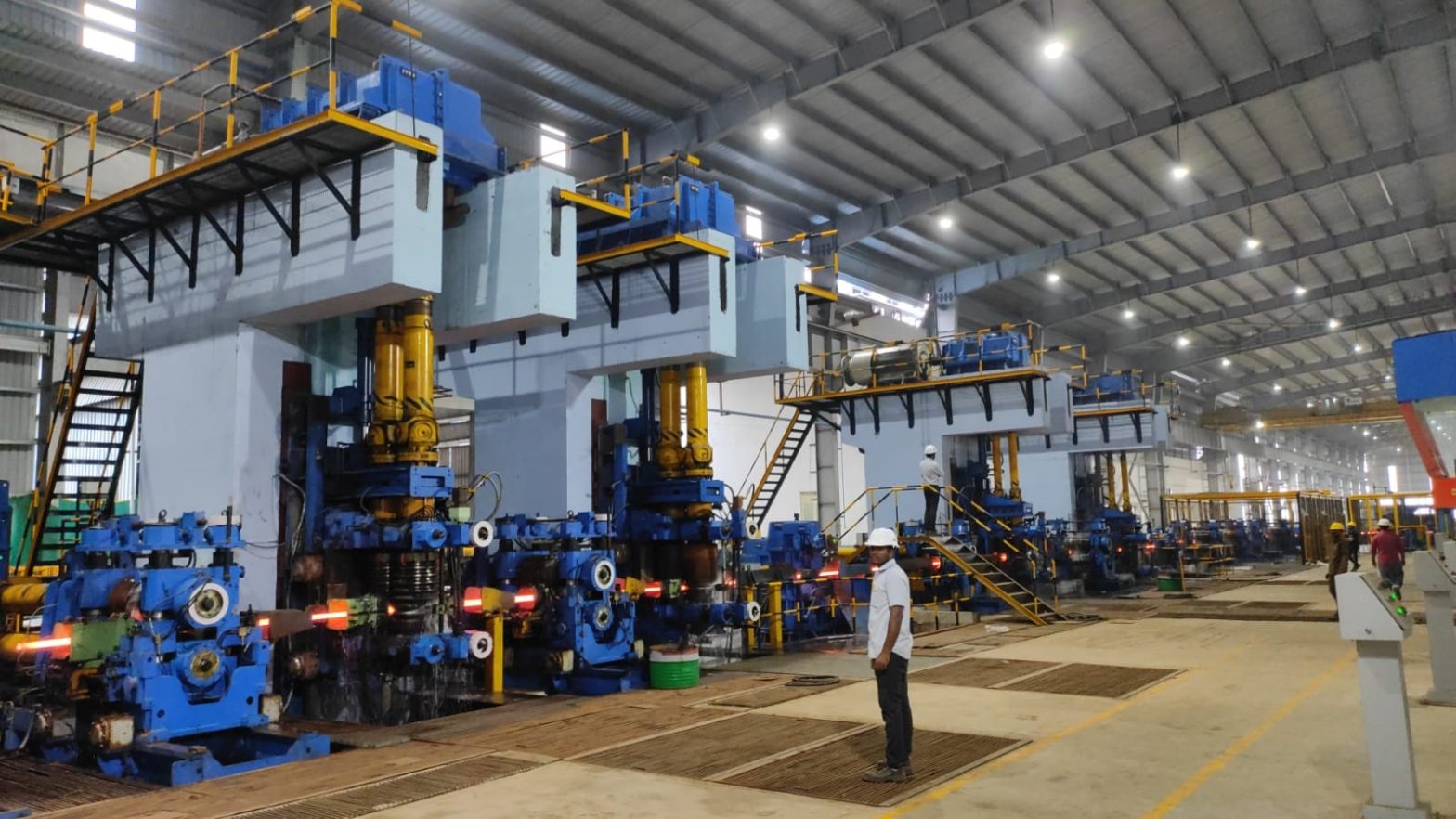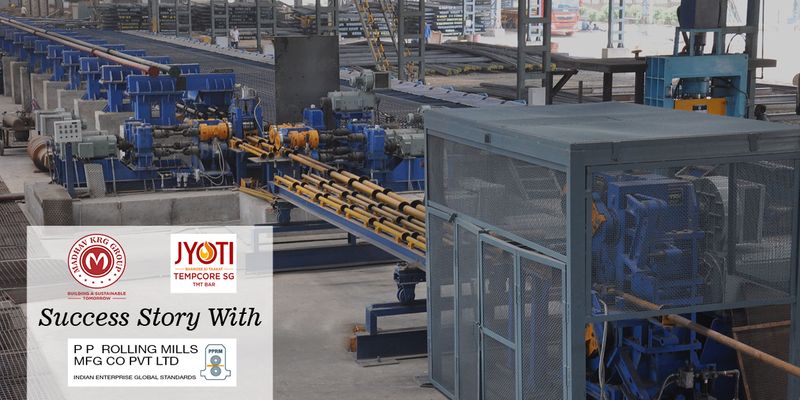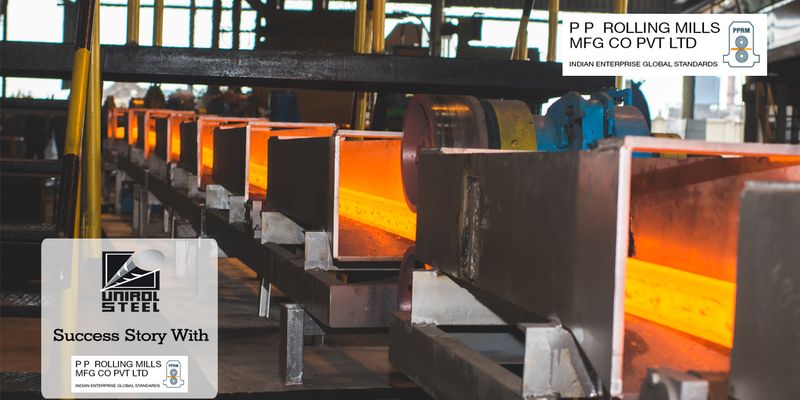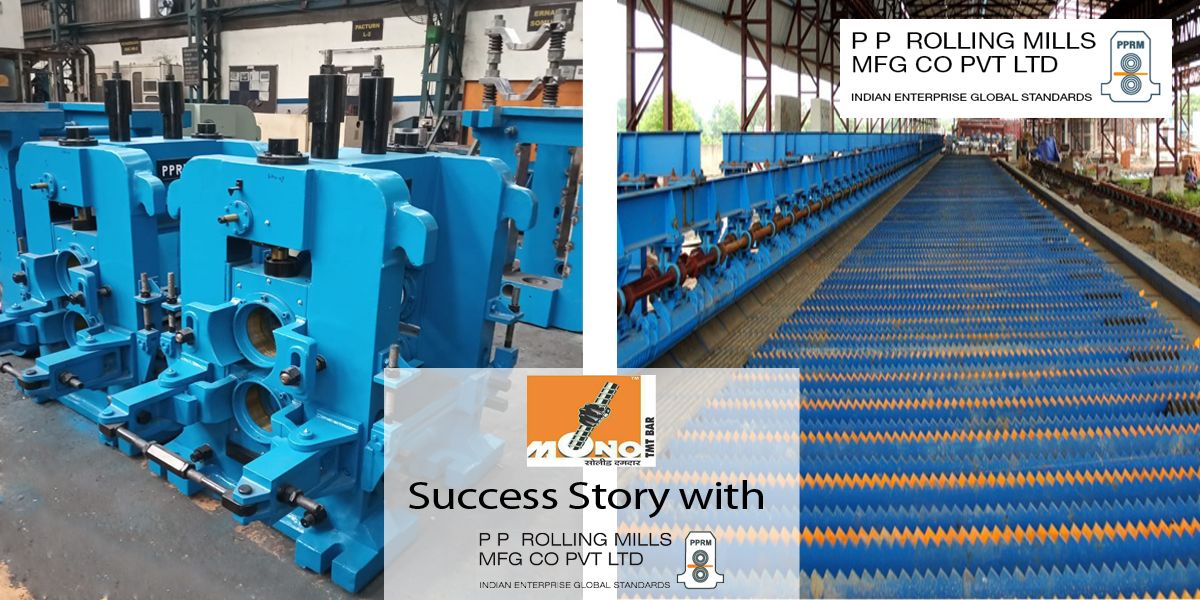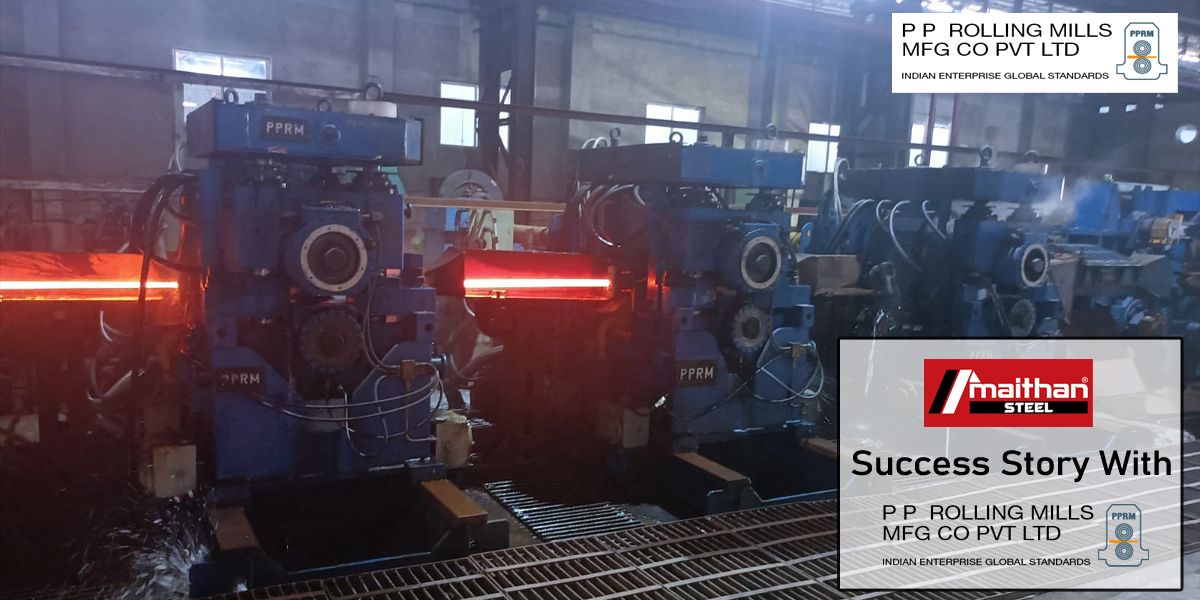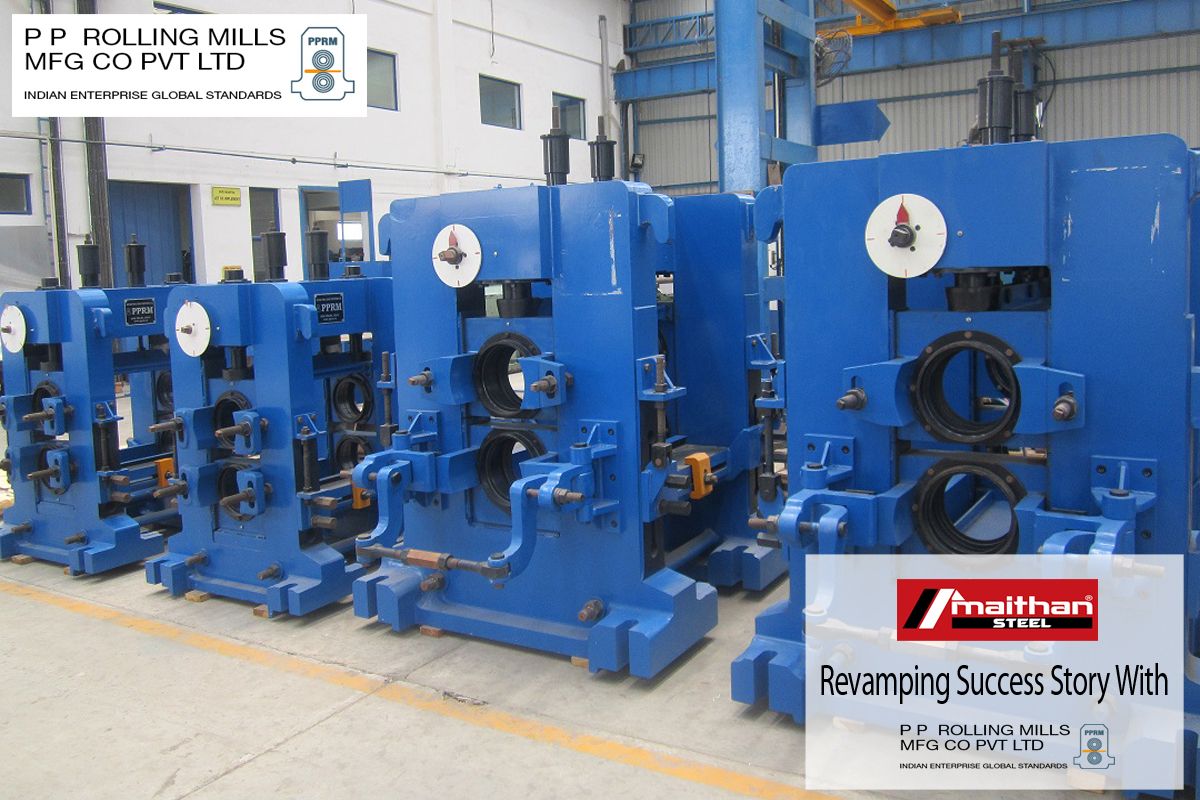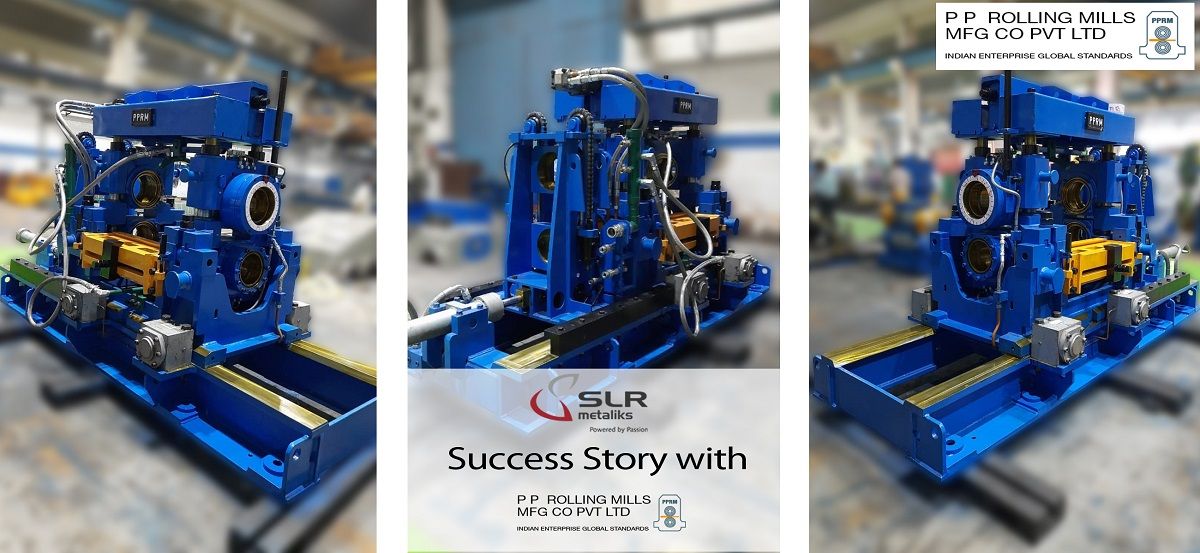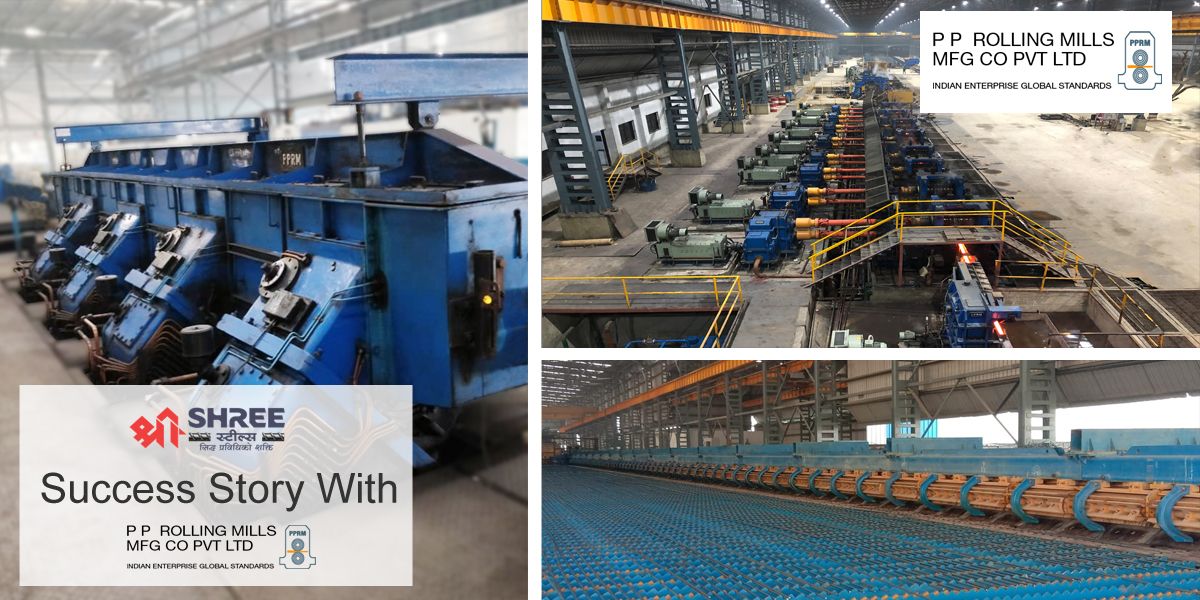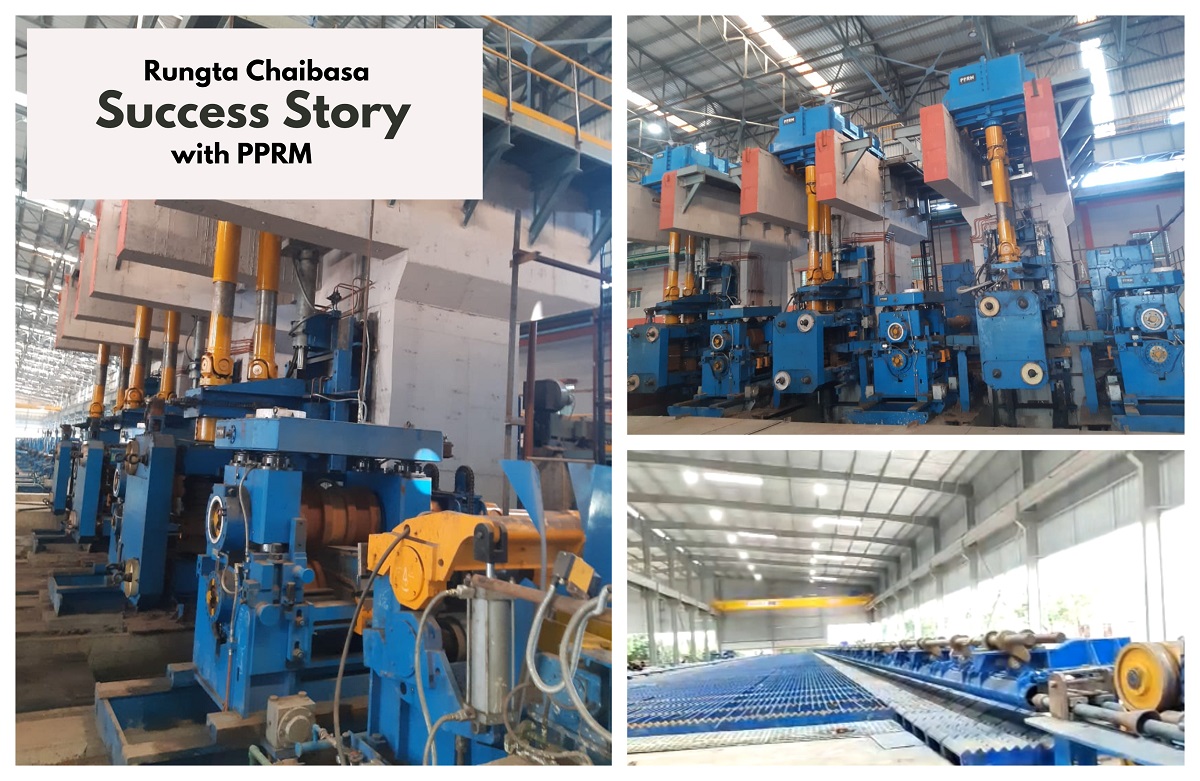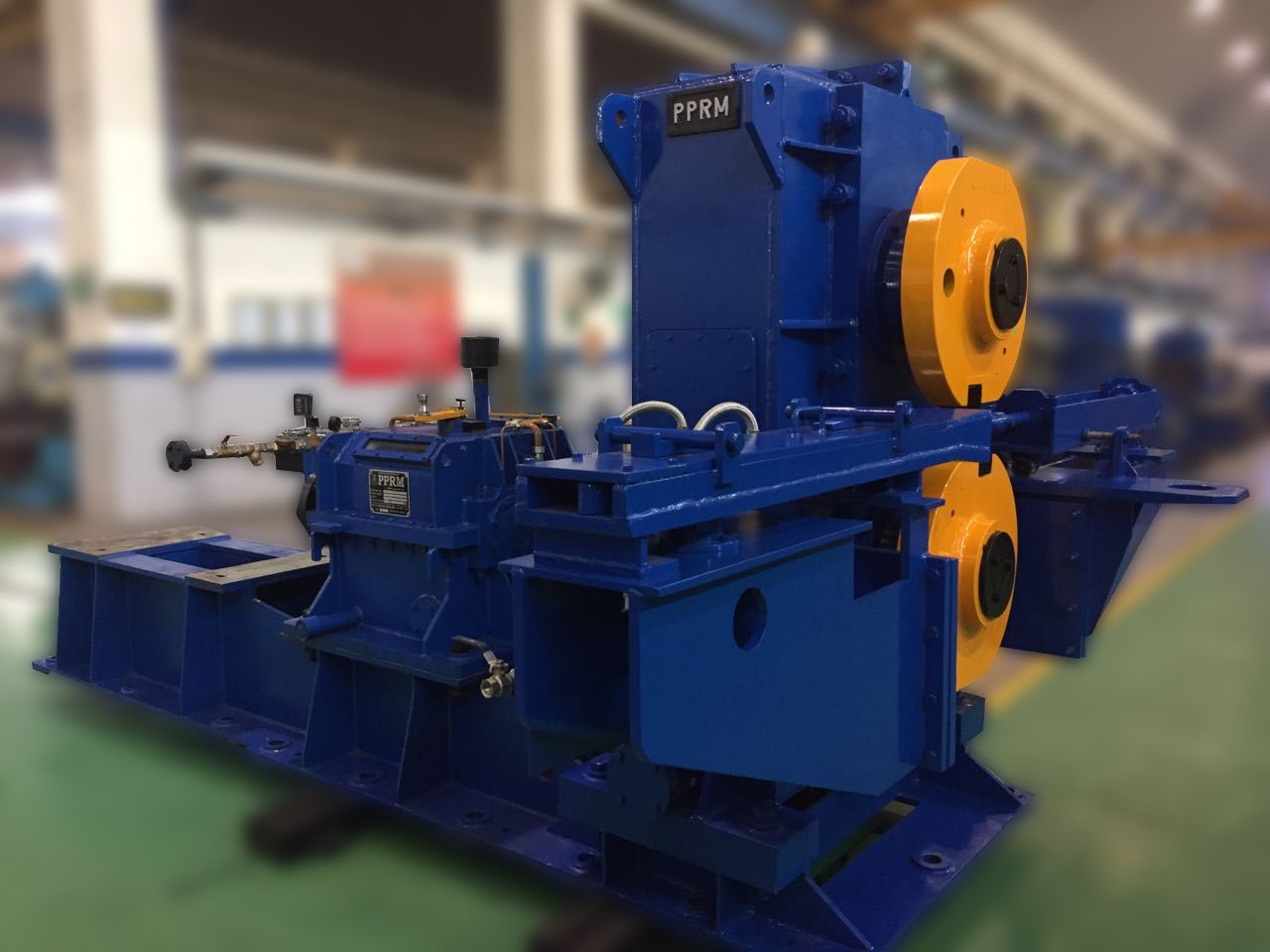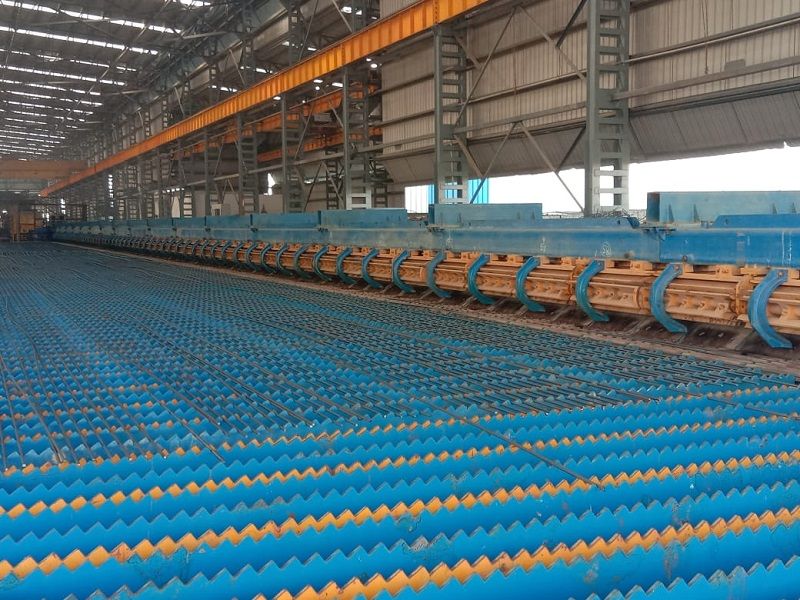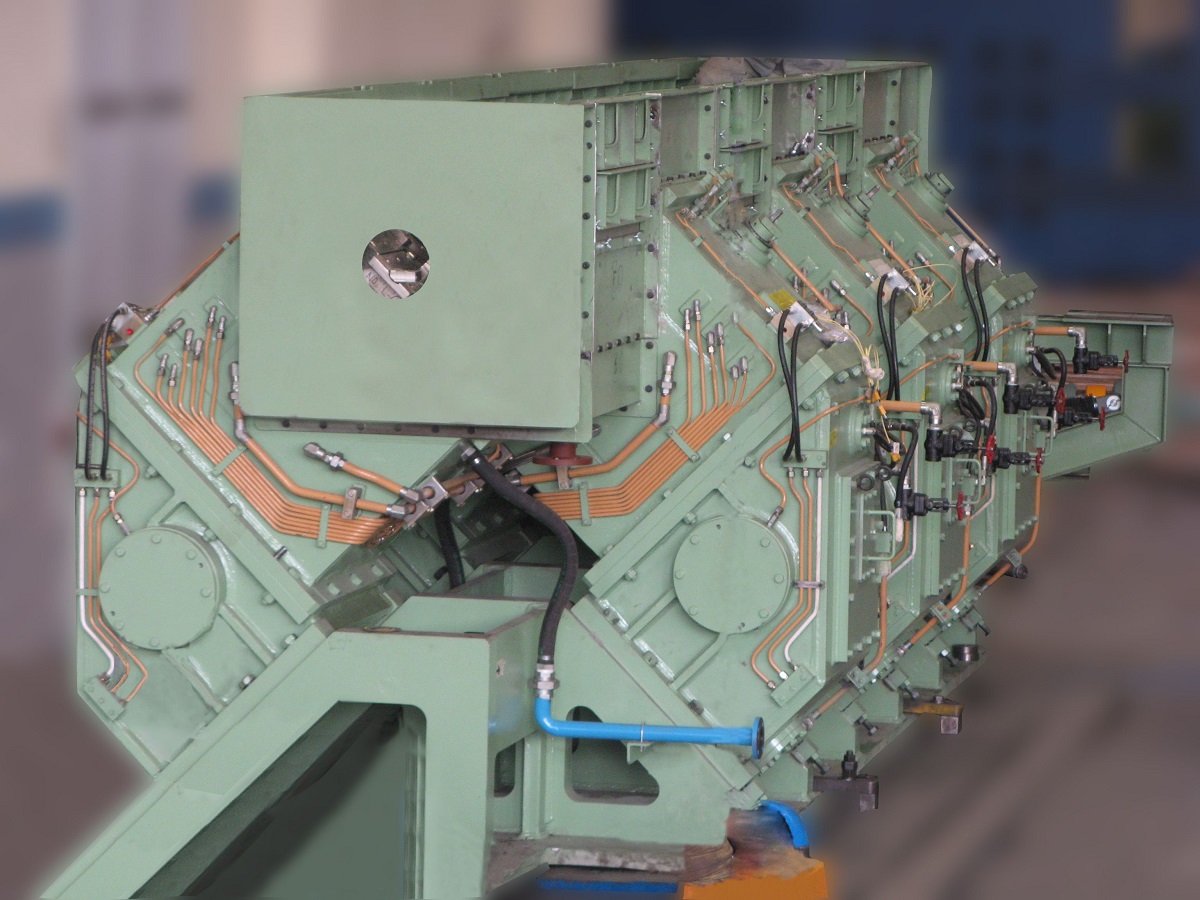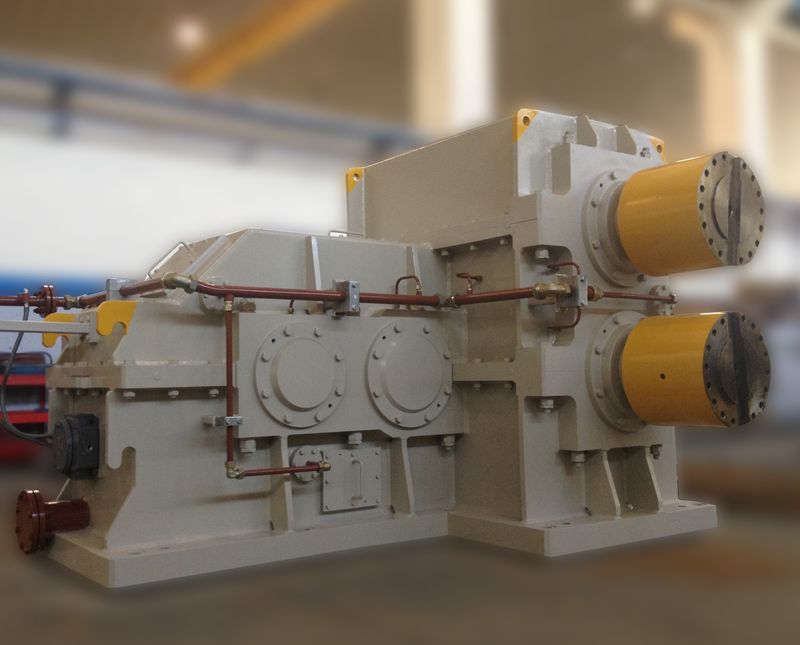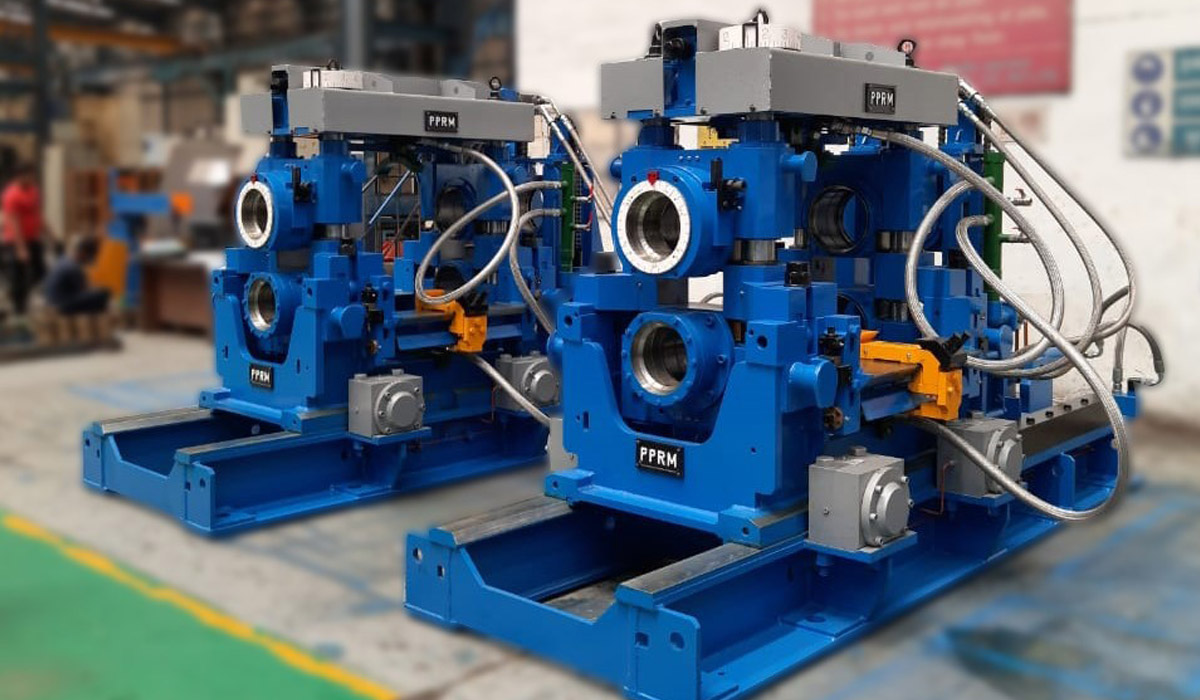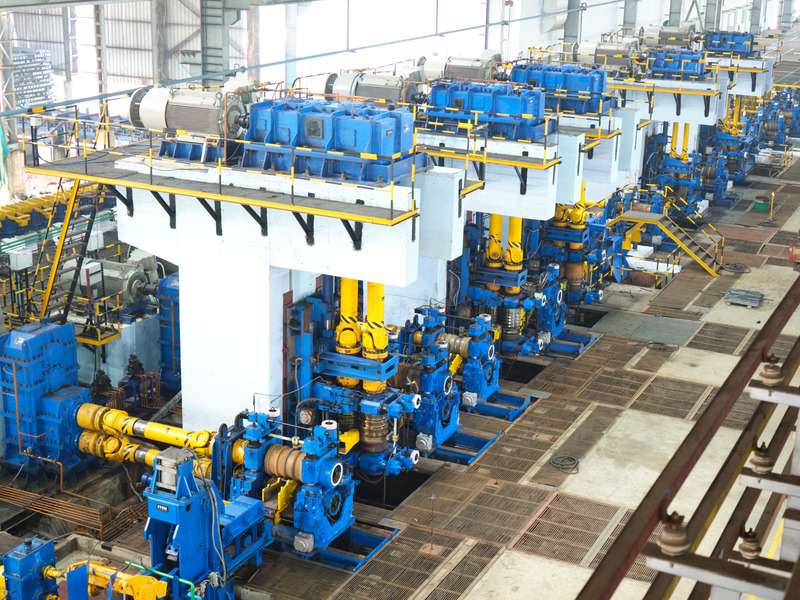
Hot rolling mills are the key in the metal processing industry, as they turn the raw metal into products that can be used. Nevertheless, these machines are complicated and need regular maintenance to work properly and safely. The following are the main maintenance practices that will help to make rolling mills efficient and safe.
The rolls in hot rolling mills are always moving and rubbing against each other during the process. This friction produces heat, and the parts get worn out. Regular lubrication is the key to the reduction of wear and the extension of the lifespan of the rolls, which in turn improves production efficiency.
The frequent use of hot rolling mills results in the buildup of dirt and impurities. Cleaning regularly is a must to get rid of these contaminants; hence, they will not affect the machine’s performance. Besides, cleaning also removes oils. Thus, the chances of fires and explosions are reduced.
Rolls are the most commonly used parts of hot rolling mills and are the most susceptible to wear and tear. Periodic inspections are required to find any damage, cracks, debris, or scoring. The immediate repair or replacement of the faulty rolls is necessary to keep the machine working.
The metal production is accurate and efficient if the rolls are aligned properly. The misaligned rolls can cause the production of defective or dangerous products. Regular alignment checks guarantee that the rolls are in the right position. Thus, product quality and safety are preserved in hot rolling mills.
Along with maintenance, safety is equally vital. Here are some key safety measures:
Training is essential for anyone who is operating hot rolling mills. Training on the operation of the equipment, safety procedures, and emergency protocols is a must. Regular refresher courses are the means to keep up with ongoing competence and awareness of potential hazards.
The workers should put on the PPE that is suitable for them, for example, safety goggles, face shields, gloves, protective clothing, metal-toed boots, and hearing protection. The frequent inspection and replacement of damaged PPE is the key to worker safety.
The machine guards that are correctly installed and maintained are the main thing that prevents accidents caused by moving parts, heavy machinery, and high temperatures. Guards are the ones who protect operators and other workers from dangerous areas, for instance, the rotating blades and the hot surfaces.
Lockout/tagout procedures ensure that hot rolling mills are properly turned off and de-energised before maintenance, repair, or cleaning. Thus, it stops the accidental launch or usage of the stored energy, which in turn lowers the danger of serious injuries.
Metal processing in hot rolling mills can produce toxic fumes, dust, or gases. The ventilation systems take away these pollutants. Thus, a safe breathing environment is being maintained. The routine check and repair of the ventilation systems are the main reasons for their effectiveness.
The high temperatures in hot rolling mills require strong fire safety measures. Fire suppression systems, fire extinguishers, and smoke detectors, together with the training of the employees on fire safety protocols, are necessities.
The correct methods of handling and storing heavy metal materials prevent injuries and accidents. Lifting workers with knowledge of safe lifting techniques and the use of lifting equipment reduce the possibility of strains or crush injuries.
Checking and repairing hot rolling mills regularly is the best way to find dangerous spots or defects that can be harmful. This is examining electrical connections, lubricating moving parts, and ensuring the safety features are in order. The broken equipment should be either fixed or put out of service as soon as possible.
Clear and well-rehearsed emergency response plans are the key to a safe and well-organised response to any crisis. This extends to the procedures for medical emergencies, fires, chemical spills, and equipment malfunctions. Easy-to-reach first-aid kits and emergency contact details are important.
Rolling Mill: Everything You Need To Know
The regular review and update of safety protocols, together with the continuous safety training and awareness programmes, guarantee that the personnel are always alert and able to maintain a safe work environment.
Through these maintenance and safety measures, hot rolling mills can run smoothly and safely. Thus, the machines and the workers will be well protected.
